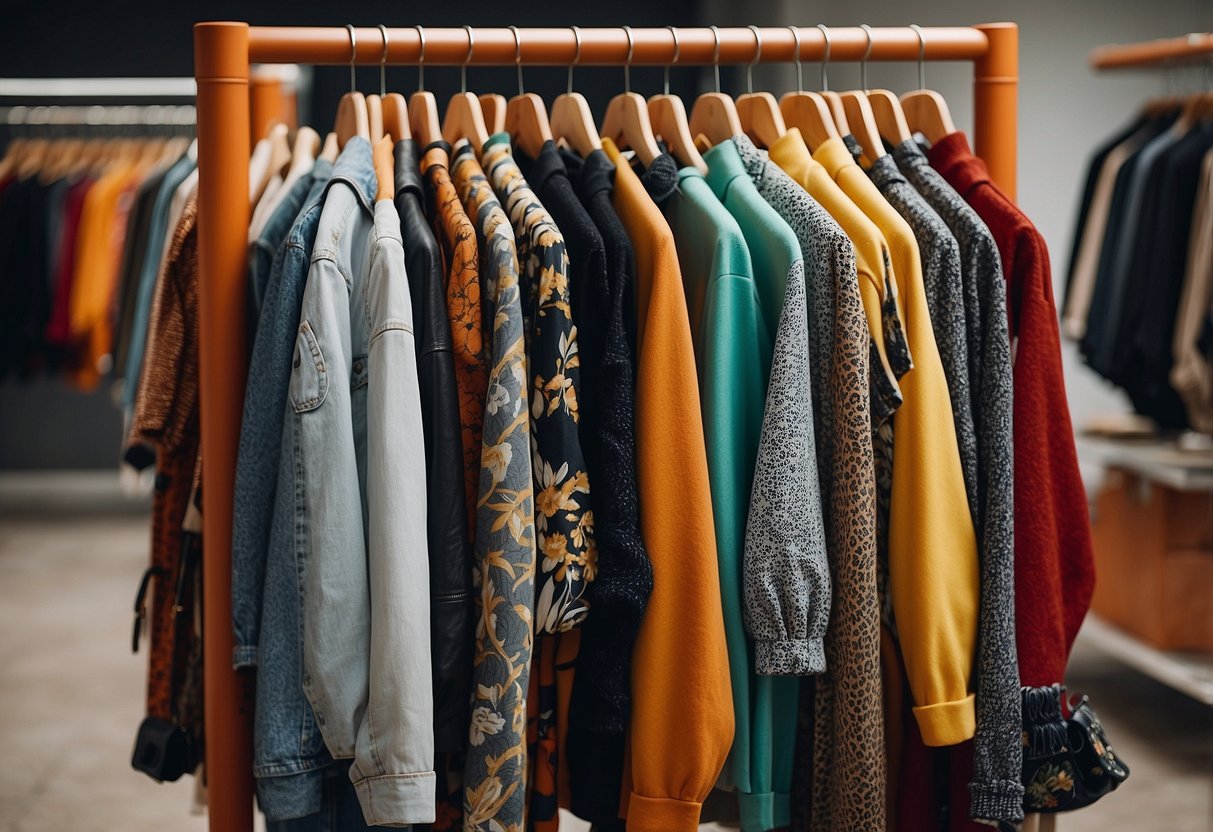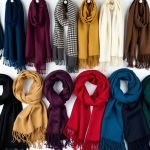
Fashion is more than just a fleeting trend; it’s a reflection of personality and mood influenced by the changing seasons. Each season brings with it new colors, textures, and styles that can easily be integrated into everyday attire. Understanding how to incorporate seasonal trends into your wardrobe can elevate your style effortlessly and keep you feeling fresh and current year-round.
Simple changes like swapping out a dark, heavy coat for a light, pastel jacket in the spring can make a significant difference. Summer might inspire lighter, breathable fabrics, while autumn calls for layering and rich, warm tones. By making thoughtful, seasonal adjustments to your wardrobe, you can stay fashionable without overhauling your entire closet.
Whether it’s adding a few statement pieces for winter or focusing on accessories that stand out, embracing seasonal trends is accessible to everyone. Practical tips can help streamline the process, making it effortless to stay on-trend without sacrificing personal style.
Understanding Seasonal Fashion Cycles
Seasonal fashion cycles provide a structured framework that influences wardrobe choices throughout the year. This section will explore how these cycles adapt to the varying demands of each season and the role industry leaders play in setting these trends.
The Four Seasons of Fashion
Fashion cycles align with the four seasons: spring, summer, fall, and winter. Each season requires different apparel due to climatic changes and lifestyle activities. Spring fashion typically introduces lighter fabrics and floral prints, reflecting the season’s renewal. Summer trends focus on breathable materials, bright colors, and casual styles suited for warmer weather. Fall brings richer hues and layering pieces, preparing for cooler temperatures. Winter fashion emphasizes warmth with cozy fabrics and darker color palettes.
Each season’s collection debuts months in advance at global fashion weeks, allowing consumers to anticipate forthcoming trends. Retailers stock shelves accordingly, ensuring their collections align with these seasonal changes. This cycle influences not only individual wardrobes but also the fashion industry’s production and marketing strategies.
Industry Influence on Trends
The fashion industry significantly shapes seasonal trends through various influential entities. High-end fashion houses, designers, and magazines set the tone by displaying new collections during fashion weeks in cities like Paris, Milan, New York, and London. These events act as a precursor to what will be popular in the upcoming seasons.
Fashion influencers and social media also play a crucial role in popularizing these trends. Runway looks are often adapted for everyday wear by stylists and fashion icons, making them accessible to the general public. Retailers then interpret these predictions to produce affordable alternatives, allowing a wider audience to incorporate seasonal trends into their wardrobes.
Analyzing Current Fashion Trends
Fashion trends for different seasons bring forth unique styles that highlight colors, patterns, and textures suitable for the weather. Each season brings its own flair, influencing how you can update your wardrobe with fresh looks.
Spring/Summer Trends
In the spring and summer months, light fabrics and bright colors dominate the scene. Designers often favor materials such as cotton, linen, and lightweight denim. Florals, pastels, and bold prints are particularly popular during this time.
Flowy dresses, shorts, and skirts are wardrobe staples. Accessories like sun hats, sunglasses, and minimalistic jewelry can perfectly complement these outfits. Footwear trends include sandals, espadrilles, and sneakers, emphasizing comfort and style.
Crop tops and breezy blouses are also in vogue, paired frequently with high-waisted pants or skirts. Layering is minimal, with an emphasis on staying cool while looking chic. This season encourages a blend of elegance and casual ease, making it adaptable to various settings.
Autumn/Winter Trends
Autumn and winter bring a shift to warmer fabrics and deeper hues. Materials like wool, leather, and cashmere become prominent. Popular colors include rich earth tones, such as burgundy, mustard, and forest green, along with classic blacks and grays.
Layering becomes essential as temperatures drop. Coats, blazers, and knitwear are key pieces, providing both warmth and style. Pattern trends lean towards plaids and checks, adding a dynamic element to the colder seasons.
Footwear shifts to boots, including ankle boots, knee-highs, and combat styles. Accessories like scarves, gloves, and beanies not only keep you warm but also serve as stylish additions. This season focuses on practicality and comfort without sacrificing aesthetic appeal.



